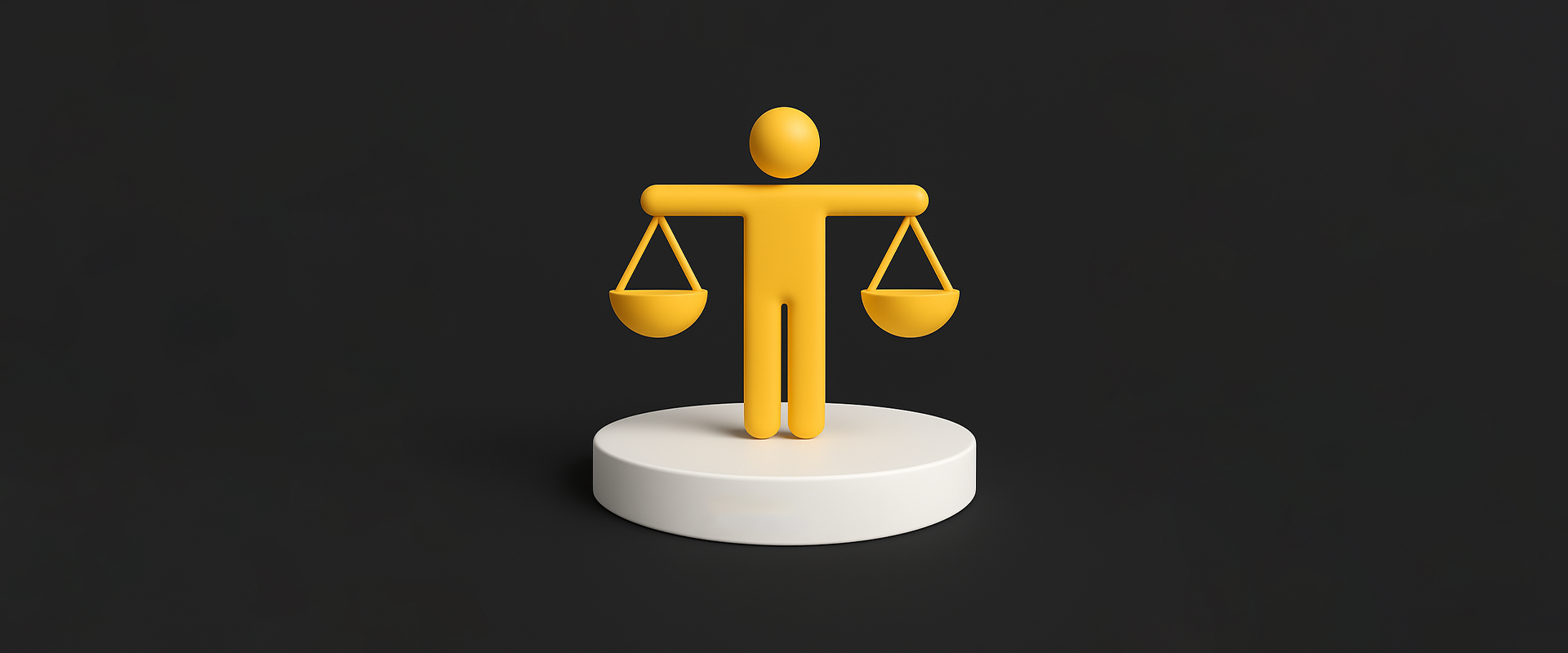Digital products shape how we think, decide, and interact. That makes ethics in design and development more than a nice-to-have it’s a responsibility. Users are quick to notice when intentions aren’t aligned with their interests from dark patterns to manipulative defaults. For brands, the opportunity is to become trusted by making wiser decisions, rather than just utilitarian ones.
Why Digital Ethics Matters
Consumers no longer passively consume digital experiences. They resent if their attention is being manipulated or interfaces designed with the aim of leading them to outcomes they didn’t reach on their own terms. Privacy intrusions, misleading consent pop-ups, and aggressive upselling have eroded trust across industries.
Replying, then, ethical online practices have come from being a reaction to regulation to being a competitive advantage. Brands that prioritize transparency, accessibility, and respect for autonomy show that they’re in this for the long haul. And built on fleeting attention, integrity becomes a strong differentiation in an internet marketplace.
Ethics in UX Design: Beyond Aesthetics
Design always influences user behavior, but ethical UX ensures that guides are not hidden. Quality design gives clarity, fair framing, and actual choice instead of misleading users into a choice they never made. Every interaction should express respect for the user’s autonomy from a subscription flow to a cookie prompt.
When people have transparent cancellation paths or opt-in forms with parity visibility for all options, they know that the brand values their trust more than making fast money. Moral UX does not sacrifice performance; it designs loyalty to enable but not coerce.
Ethical Front-End Development Practices
The technical underpinnings of a site usually operate in the background, but play a crucial role in deciding how the user experiences the product. Ethical development begins with regard for privacy, not as a compliance issue, but as a value in design. It means limiting unnecessary scripts, avoiding secret trackers, and building clean, streamlined code that loads fast and respects the user’s device and data.
Accessibility is another serious component here. Screen reader-friendly design, keyboard navigation support, and inclusive contrast color ensure that everyone has a good experience interacting with the site. These are not technical necessities. They are part of an attitude that gives people more respect than in quick fixes and long-term usability more than short-term efficiency.
Consent, Data, and Transparency in Development
Asking for user data it is a moment where brands show whether they prioritize honesty or convenience. Ethical digital products make consent clear, avoid manipulative language, and ensure that rejecting cookies or notifications is just as easy as accepting them.
Users should never feel tricked into sharing information. Trust increases naturally when forms explain why data is needed and how it will be used. Developers play a key role by avoiding dark patterns, using plain language, and making sure that every interaction reflects fairness. Transparency is a signal of respect especially when it involves sensitive areas like digital identity.
Building Trust Through Ethical Defaults
Users rarely change default settings. That makes the defaults themselves a powerful statement of a brand’s intent. Users feel they are in control when tracking is disabled by default, when form fields are optional, and when choices are presented clearly without pressure.
Ethical defaults reduce friction and build confidence. They create space for real choice instead of assuming consent. These design patterns lead to fewer short-term conversions but greater long-term loyalty. Smart design decisions made at the foundational level have lasting impact. That is why our Web Development team helps brands design trust into every interaction from the start.
Long-Term Value of Ethical Digital Products
Ethical choices made during design and development do not disappear after launch. They shape how users remember a brand, how often they return, and whether they recommend the product to others. Users are more likely to stay loyal when they feel respected and empowered.
Some of the most trusted digital brands have earned that status by consistently choosing transparency over shortcuts. They show users that trust is part of the product through clear UX flows, inclusive design, or transparent policies. Ethical design becomes an investment in reputation, retention, and resilience. These qualities define the difference between a product that performs and one that endures.
Design Choices That Define Brand Values
Digital ethics is not just about following rules. It is about setting a standard for how your brand treats people online. Every choice either builds trust or breaks it from UX flows to front-end defaults. The brands that lead are the ones that make ethics part of how they operate—not just how they look.
